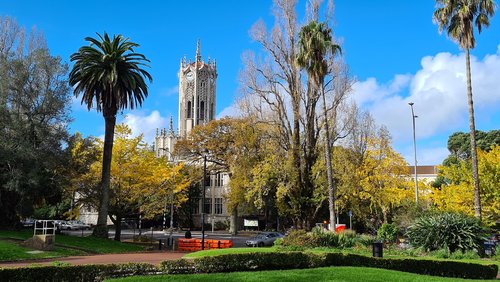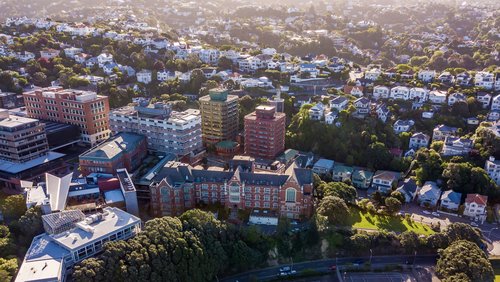10 Nov 2022
There is increasing demand for te ao Māori capability in Aotearoa across a range of sectors, including engineering. So, what is it, why is it important and how do you find it?
Te ao Māori (the Māori world) capability includes skill, knowledge and experience in the following key areas:
- te reo Māori (the Māori language)
- tikanga Māori (Māori customs and practices)
- engaging with Māori communities
- mātauranga Māori (Māori wisdom, knowledge and understanding)
- understanding of Aotearoa’s history and Te Tiriti o Waitangi (the Treaty of Waitangi).
There are a range of key drivers fuelling the increasing interest in te ao Māori capability. These include a vibrant and increasingly diverse Māori economy (worth an estimated $68 billion dollars in 2018) and a growing Māori population. There's also recognition that mātauranga Māori can provide unique and innovative ways of thinking and doing things and that te ao Māori values are highly progressive (for example deep commitment to the taiao (environment), an inter-generational and collective vs individualistic focus).
In addition, many organisations have recognised the need to engage authentically with Māori communities and stakeholders and have an increasing interest in organisational diversity and inclusion practices. There is also a growing commitment to honouring Te Tiriti o Waitangi and addressing historical inequity, plus a renaissance and rediscovering of identity by people with Māori whakapapa (genealogy/lineage/descent). It’s also worth pointing out that there are many non-Māori who have, or are developing, this capability.
Attracting staff with te ao Māori capability
Like all talent shortages, there’s no silver bullet and success will come from a range of activities working together over a period of time. Employers need to look at how they attract candidates with te ao Māori capability. It's important to lead with purpose in any recruitment or public-facing material. Why an organisation exists, its purpose and values and what it is doing to improve outcomes for people, the environment and for Māori specifically are of key interest to job seekers and Māori job seekers in particular. Be sure to profile Māori leaders and kaimahi on public- facing material. Also, where appropriate, make use of te reo Māori in advertising and attraction materials.
Articulate and be explicit about what your organisation offers to employees (the employee value proposition). Tap into the networks of your existing kaimahi Māori (Māori employees) and/or advocates and reward referees. Employ strategic recruitment methods such as proactive recruitment and direct outreach to target individuals and talent pooling, welcoming interest from people even if you don’t have a vacancy available immediately. In addition, make use of Māori-focused job websites and recruitment agencies.
There is also recognition that mātauranga Māori can provide unique and innovative ways of thinking and doing things.
Recruitment tips
Carefully consider the job requirements – are they all needed? Are there any which could be developed over time with the support of the employer? Try to be open-minded and consider the transferrable skills and experiences (including voluntary work) that candidates come with. Enable candidates to have direct contact with the hiring manager and other kaimahi Māori as part of their candidate journey.
In the job interview, make use of tikanga Māori protocols, such as karakia and pepeha. Focus on making this a two-way kōrero and getting to know the whole person so the conversaton is not solely focused on technical skills. If possible, ensure there is Māori representation on interview panels and non-Māori who can conduct themselves with cultural competence. When the selection process is over, do recognise and reward te ao Māori capability appropriately and ensure it is a factor in remuneration decisions. However, you can save yourself a recruitment challenge by focusing on retaining the Māori talent you already have.
Supporting the talent pipeline
For industries requiring specialised training, such as engineering, we need to consider the pipeline of talent coming through the system. There are a range of ways we can make the engineering profession of interest to rangatahi (young people) and support them while they are studying. For example, by investing in scholarships and early in career initiatives – work placements, internships and graduate programmes. Also, by developing an industry-wide, long-term workforce strategy and support with investment (initiatives like the Diversity Agenda). Also, focus on the diversity and cultural competence of leaders, managers and all employees and establish positive relationships with iwi and mana whenua and provide employment opportunities for their people.
Tihei Mauri Ora!
Tāne O’Rorke (Ngāi Tahu, Kāti Māmoe) is Co-Founder/Director of ahujobs.maori.nz and whakahui.co.nz, providing services in the Māori recruitment and talent space.




